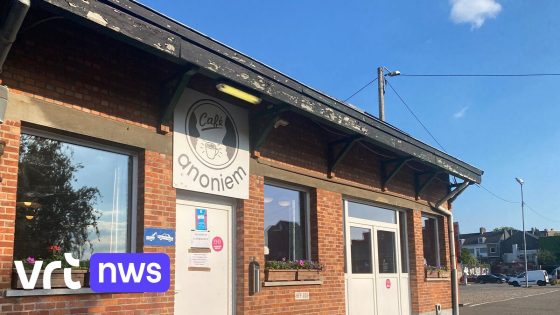On February 18, 2025, the Associació de Promotors de Catalunya (Apce) firmly rejected the proposal to construct buildings with two separate entrances for protected and free housing. This idea was presented by their vice president, Elena Massot, during a debate in Barcelona. But does separating housing really solve the ongoing issues in urban living?
- Apce rejects dual entrance building proposal.
- Massot's comments were personal, not official.
- No prior proposals for similar ideas.
- Upcoming explanation on public land reservation.
- Concerns about mixed-income living arrangements.
- Dual entrances suggested to ease economic differences.
Why Are Dual-Entry Buildings Controversial in Urban Development?
Could separating housing types actually improve community dynamics? The Apce argues that such a division could complicate coexistence among residents of varying economic backgrounds. They believe that true integration is vital for a harmonious community.
Implications of Mixed-Income Housing Strategies in Urban Areas
Mixed-income housing aims to foster diversity and inclusivity, but challenges persist. The Apce’s stance highlights the complexities involved in integrating different income levels within the same residential spaces. Here are some key points to consider:
- Potential for social tension among residents
- Impact on property values and market perceptions
- Challenges in designing functional living spaces
- Need for effective community management strategies
Understanding the Apce’s Position on Housing Integration
The Apce has made it clear that they do not support the idea of dual entrances for housing. They emphasize that their focus is on creating inclusive environments without physical barriers. This approach encourages interaction among residents, fostering a sense of community.
Future Directions for Urban Housing in Spain and Beyond
As cities evolve, the debate around housing strategies will continue. The Apce plans to share their vision regarding public land use and private developments soon. This could influence how urban planners approach mixed-income housing in Spain and potentially in other countries.
In conclusion, the discussion on dual-entry buildings raises important questions about urban living. How can cities balance the needs of diverse residents while promoting harmony? The answers may shape the future of housing development.

































